

Scarsdale Villas is a street in Kensington, London, that runs roughly west to east from Earls Court Road to Marloes Road, with crossroads at Abingdon Road and Allen Street en route. Houses were built there from 1850 to 1864. [1]


Scarsdale Villas is a street in Kensington, London, that runs roughly west to east from Earls Court Road to Marloes Road, with crossroads at Abingdon Road and Allen Street en route. Houses were built there from 1850 to 1864. [1]

John William Waterhouse was an English painter known for working first in the Academic style and for then embracing the Pre-Raphaelite Brotherhood's style and subject matter. His paintings are known for their depictions of women from both ancient Greek mythology and Arthurian legend. A high proportion depict a single young and beautiful woman in a historical costume and setting, though there are some ventures into Orientalist painting and genre painting, still mostly featuring women.

Bridewell Palace in London was built as a residence of King Henry VIII and was one of his homes early in his reign for eight years. Given to the City of London Corporation by his son King Edward VI in 1553 as Bridewell Hospital for use as an orphanage and place of correction for wayward women, Bridewell later became the first prison/poorhouse to have an appointed doctor.
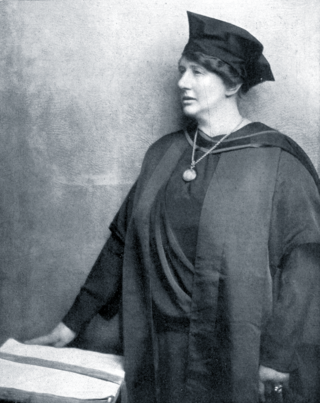
Lilian Mary Baylis CH was an English theatrical producer and manager. She managed the Old Vic and Sadler's Wells theatres in London and ran an opera company, which became the English National Opera (ENO); a theatre company, which evolved into the English National Theatre; and a ballet company, which eventually became The Royal Ballet.
Edward Ingress Bell (1837–1914) was an English architect of the late 19th century, and early 20th century, who worked for many years with Sir Aston Webb.
Peter Felix Richards (1808–1868) was a pioneering Scottish merchant in Shanghai in the era following the Treaty of Nanjing. He founded the Richards Hotel and Restaurant, the first foreign hotel in China, and the forerunner to the Astor House Hotel.

Dawson Turner was a rugby union international who represented England from 1871 to 1875.

John Edmund Bentley was an English sportsman who played in the first international rugby football match in 1871, representing England as a halfback.
Emilia Marryat was an English writer of children's books. The third daughter of the author Captain Frederick Marryat and his wife, Catherine, she followed her father's example by infusing her adventure novels with moral lessons. Occasionally, she published under her married name, Emilia Marryat Norris.

St Mary the Virgin Church is located in Latton, Harlow, Essex, England. It is an Anglican church and is liberal catholic in tradition. The church building is Grade I listed.
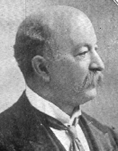
Samuel Knight (1834–1911) was a British architect practising from Cornhill Chambers, 62 Cornhill, London EC and later 175 and 176 Temple Chambers, Tudor Street, London EC.
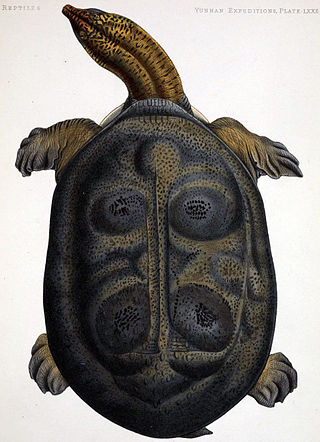
Philibert Charles Berjeau, sometimes referred to as Ph. Charles Berjeau, was a natural history illustrator and lithographer, active in London in the late Victorian era. His subjects varied widely, including mammals, reptiles and especially birds, as well as fossils.

Albert Edward Kingwell was an English architect, surveyor and land agent who was one of the first to use concrete in his practice. He oversaw the Jack Estate at Hadley Wood in Hertfordshire for more than 50 years.
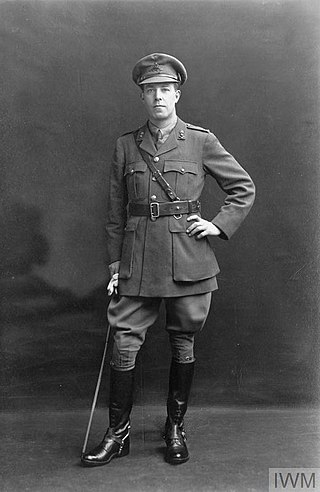
Frank Sidney Chesterton FRICS was an English architect.

Thomas Evans Blackwell was an English civil engineer.
Alfred Hill Thompson, ARIBA was an English architect in the Gothic Revival and Arts and Crafts styles, who specialised in small schools and chapels in the Yorkshire area. In partnership with Isaac Thomas Shutt he co-designed the Church of All Saints, Harlow Hill, completed in 1871.

James Burrell Smith was a watercolour and landscape artist. He was born in London. In 1843 he moved to Alnwick, Northumberland where he trained with Thomas Miles Richardson. He travelled around the UK and Europe. During the 1880s, he created some engravings for The Illustrated London News.
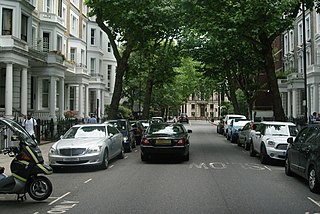
Marloes Road is a street in the Kensington area of London, England. It runs roughly south to north, from a T-junction with Cromwell Road to Cheniston Gardens and Abingdon Villas. It has junctions with Lexham Gardens, Stratford Road and Scarsdale Villas.

William John Seward Webber was an English sculptor who created civic statuary, and busts of national heroes and local worthies, in marble. He sculpted the statue of Queen Victoria for the Jubilee Monument in Harrogate, North Riding of Yorkshire, England in 1887. An early success was his Warrior and Wounded Youth group of 1878, executed while he was still a student. His busts include portraits of the Duke of Clarence, John Charles Dollman, Henry Phillpotts, John Bowring, John Ruskin, Richard Jefferies, Alfred, Lord Tennyson, Charles Darwin, Walter Scott, Thomas Carlyle, Robert Burns and Thomas Holroyd.

Abingdon Villas is a street in Kensington, London, that runs roughly west to east from Earls Court Road to Marloes Road, with crossroads at Abingdon Road and Allen Street en route.
Sidney Parker was a rugby union international who represented England from 1874 to 1875.
![]() Media related to Scarsdale Villas at Wikimedia Commons
Media related to Scarsdale Villas at Wikimedia Commons
51°29′50.03″N0°11′42.22″W / 51.4972306°N 0.1950611°W